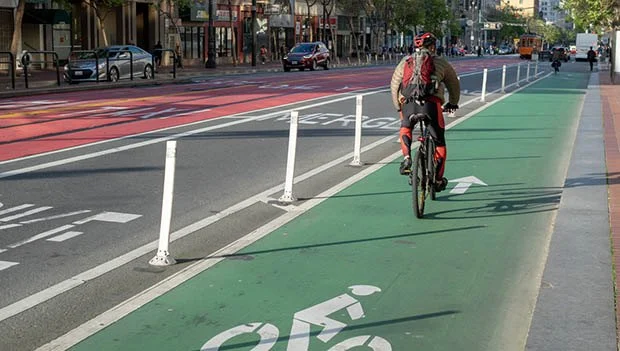
- Understanding City Cycling
- Staying Visible and Safe
- Navigating Traffic Effectively
- Choosing the Right Gear for City Cycling
- Common Mistakes to Avoid
Understanding City Cycling
Riding a bike through busy city streets can feel like navigating a maze. With countless cars, buses, pedestrians, and other cyclists, it’s easy to feel overwhelmed. However, urban cycling can be a fun and rewarding experience if you know how to approach it safely. The key to mastering city cycling is understanding your environment and adjusting to the unique challenges it presents.
City streets are often crowded, and navigating through them requires quick reflexes and good awareness. Understanding the flow of traffic, anticipating potential hazards, and knowing where to position yourself on the road are critical for staying safe. The good news is that with the right knowledge and preparation, you can ride confidently through the busiest urban areas.
Staying Visible and Safe
One of the most important aspects of riding in a city is ensuring that you are visible to other road users. Urban environments are filled with distractions, and cyclists can easily be overlooked by drivers. To prevent accidents, it's essential to make yourself as visible as possible, especially at night or in low-light conditions.
- Use Lights: Install both front and rear lights on your bike. A bright front light helps you see the road ahead, while a red rear light ensures you are visible to traffic behind you.
- Wear Bright Clothing: Bright or reflective clothing enhances your visibility. Consider wearing a neon vest or jacket to stand out in the crowd.
- Reflective Tape: Adding reflective tape to your bike frame, pedals, and helmet can increase your visibility even further.
By using these safety measures, you’ll be much more noticeable, reducing the chances of accidents caused by poor visibility.
Navigating Traffic Effectively
City streets can be chaotic, but with the right strategies, you can navigate through traffic with ease. Here are a few tips for dealing with busy roads:
- Ride Defensively: Always anticipate the actions of drivers, pedestrians, and other cyclists. Keep a safe distance from vehicles and be prepared to stop or slow down if necessary.
- Use Bike Lanes: Whenever possible, ride in designated bike lanes. These lanes are designed to separate cyclists from motor vehicle traffic, offering a safer riding experience.
- Stay in Control: Never weave in and out of traffic. Stay in a straight line and signal your intentions clearly. This helps other road users predict your movements and avoid accidents.
Additionally, keep an eye on intersections, as they are often the most dangerous part of the road. Be cautious when crossing intersections and make sure to check for turning vehicles.
Choosing the Right Gear for City Cycling
Having the right gear can make your city cycling experience much more enjoyable and safer. Here are some essentials for urban cyclists:
- Comfortable Helmet: A properly fitting helmet is a must. Look for one with good ventilation and a secure fit to keep your head protected.
- Durable Tires: City streets are filled with potholes, debris, and rough surfaces. Opt for durable tires that can handle these challenges without compromising performance.
- Lock: Always bring a strong bike lock to prevent theft. In busy urban areas, bike theft is common, so securing your bike is essential.
By choosing the right gear, you’ll be able to ride comfortably and confidently, even on the busiest streets.
Common Mistakes to Avoid
Even experienced cyclists can make mistakes when riding in busy urban environments. Here are some common errors to watch out for:
- Ignoring Traffic Rules: Always obey traffic signals and stop signs. Running red lights or ignoring pedestrian crossings can lead to accidents.
- Riding Without Proper Lighting: Cycling without lights, especially at night, is extremely dangerous. Always ensure that your bike is equipped with functioning lights.
- Failure to Signal: Always use hand signals to indicate your intentions. This helps prevent confusion and accidents, especially when turning or changing lanes.
By avoiding these common mistakes, you’ll improve your safety on the road and make your cycling experience much more enjoyable.




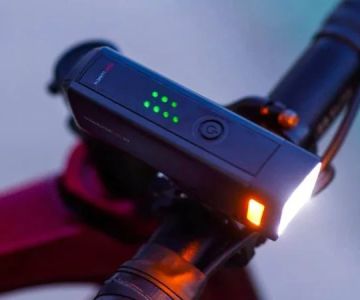


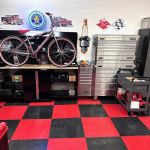 Billet BMX5.0 (2 reviews)
Billet BMX5.0 (2 reviews)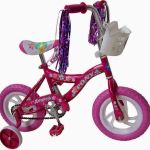 Far East Children Bicycle Factory1.0 (1 reviews)
Far East Children Bicycle Factory1.0 (1 reviews)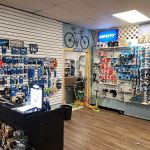 Archer Motorsports, Inc.4.0 (8 reviews)
Archer Motorsports, Inc.4.0 (8 reviews) YEP Bike Works4.0 (55 reviews)
YEP Bike Works4.0 (55 reviews) Gorham Bike & Ski4.0 (498 reviews)
Gorham Bike & Ski4.0 (498 reviews) Alchemy Bikes4.0 (37 reviews)
Alchemy Bikes4.0 (37 reviews) How to Teach Kids to Ride a Bike: A Step-by-Step Guide for Parents
How to Teach Kids to Ride a Bike: A Step-by-Step Guide for Parents Tips for Riding on Busy City Streets: Smart Strategies for Urban Cyclists
Tips for Riding on Busy City Streets: Smart Strategies for Urban Cyclists Best US National Parks for Mountain Biking: Ride Epic Trails Across America
Best US National Parks for Mountain Biking: Ride Epic Trails Across America Best Aero Helmets for Time Trials and Racing
Best Aero Helmets for Time Trials and Racing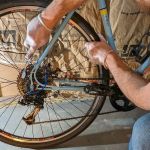 How to Clean and Lubricate Your Bike Chain Like a Pro
How to Clean and Lubricate Your Bike Chain Like a Pro 10 Must-Have Items for Long-Distance Cycling Trips
10 Must-Have Items for Long-Distance Cycling Trips